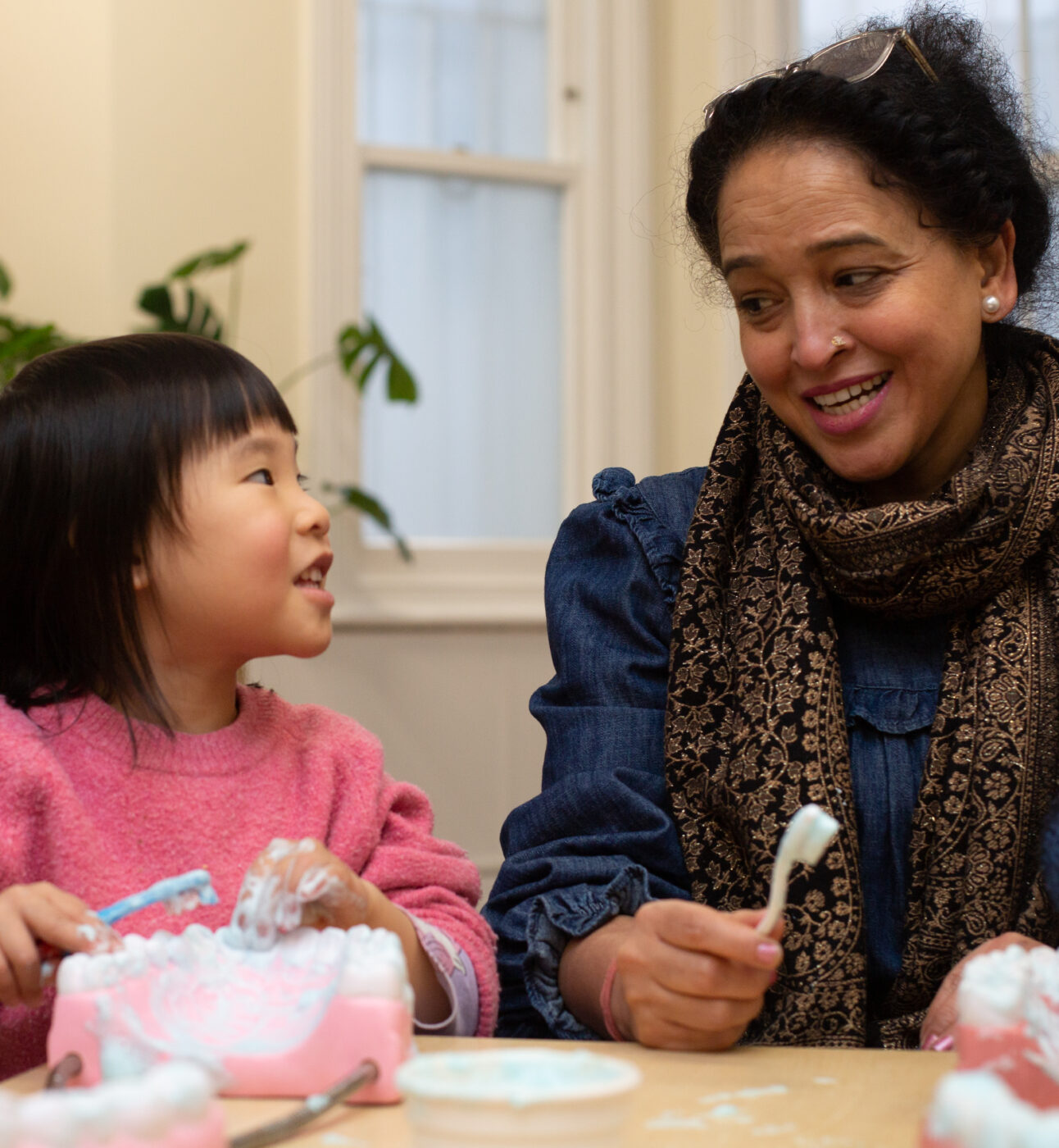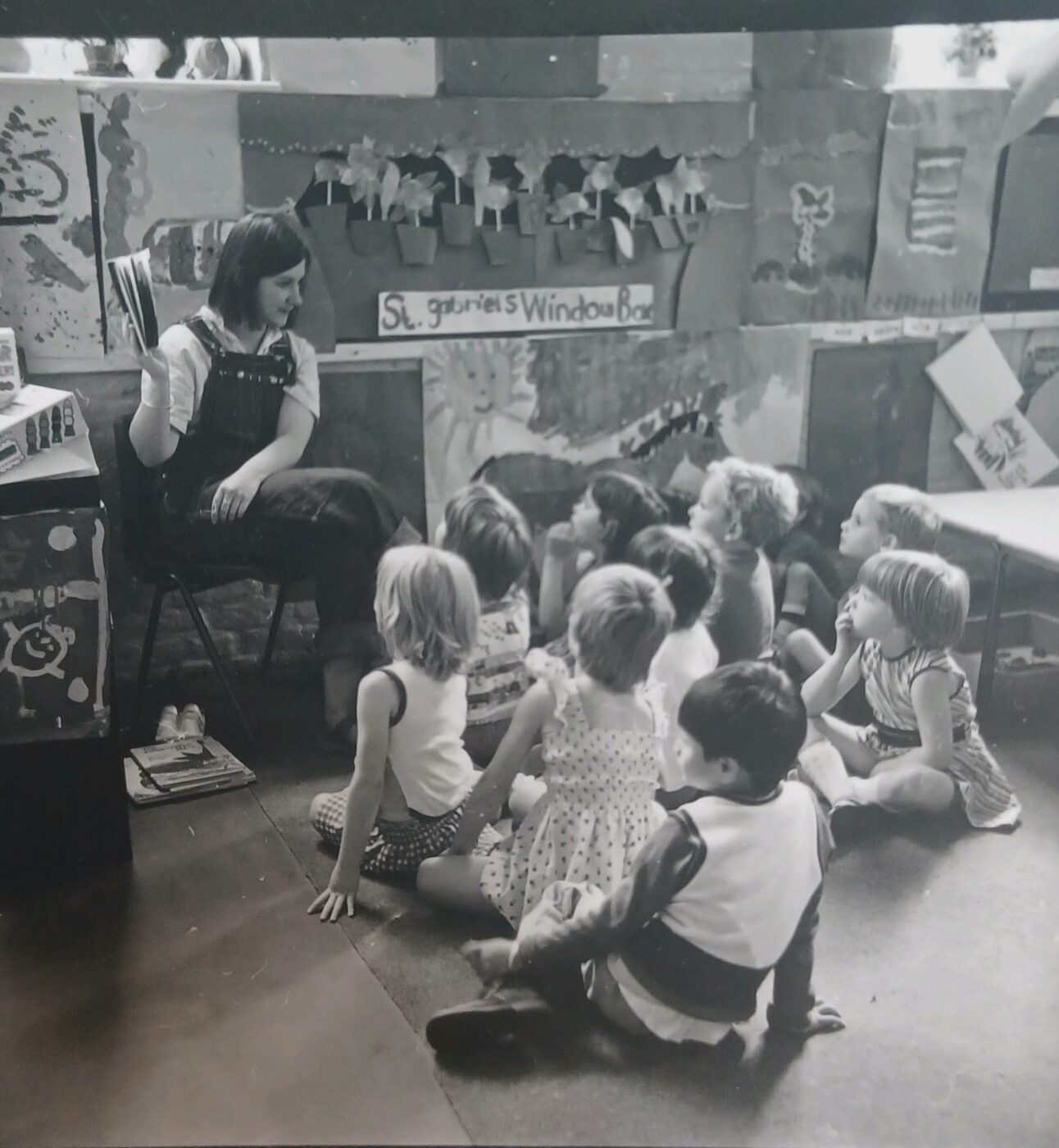
Beyond the Tooth Fairy
Will Government Policies improve our Children’s Smile? As ever, the Early Years sits right at the heart of societal issues. This time we are being asked to help look…
July 9th 2025
Disadvantage isn’t a single, neat issue. It’s messy, multilayered and often invisible. It lives in overcrowded flats, empty fridges, and postcodes with no green spaces. It’s the child whose speech is delayed because no one talks to them, and the family who can’t access 30 funded hours because they’re not “earning enough.”
It can manifest at the level of the individual child (prematurity, health issues), the family (job insecurity, poor housing, low parental education), and the community (lack of safe spaces, weak social fabric). And yes, poverty plays a starring role. But let’s not confuse poverty with parenting capacity –plenty of loving, capable parents are battling economic hardship through no fault of their own.
But we can’t talk disadvantage without talking about attitude. Children don’t need pity. They need high expectations and trusted adults who believe in them. Research tells us that high expectations from staff can change a child’s life trajectory. Yet other studies (Simpson et al., 2017) show some educators carry deficit thinking, blaming parents and refusing to adapt teaching. That’s not just unhelpful –it’s unjust.
To read more about what I have to say on the issue of ‘Disadvantage’, download the latest free guide from ConnectChildcare: ‘The ABC of Nursery Management’. This resource brings together 28 sector voices offering practical tips, advice and insight for nursery managers. Created with trusted professionals, it’s a valuable tool for the Early Years sector. 📘
#TheABCofNurseryManagement #NurseryManagement #EarlyYearsEducation #FreeEarlyYearsResource

Will Government Policies improve our Children’s Smile? As ever, the Early Years sits right at the heart of societal issues. This time we are being asked to help look…

The Year That is 2023 – This year, we are proud to celebrate 120 years of LEYF. It’s been fascinating to reflect back on what has changed over…

Ten years ago, the Princess of Wales started noticing that a poor Early Years’ experience was the common denominator across all the young people using the mental health charities she…